
Join Ravens-Way Wild Journeys LLC as we venture into the heart of Arizona’s spectacular White Mountains. Escaping the June heat of southern Arizona you’ll enjoy 3 days of relaxed Naturalist Saunters, exploring one of the most remote and wildest areas in the state.
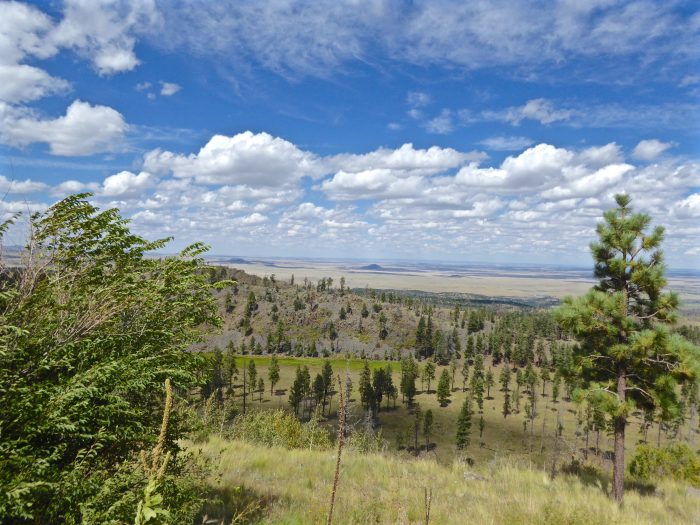
Naturalist, Wildlife Biologist, Ethnobotanist, & Wilderness Survival Instructor Vincent Pinto will be your guide during this cool, forested retreat!
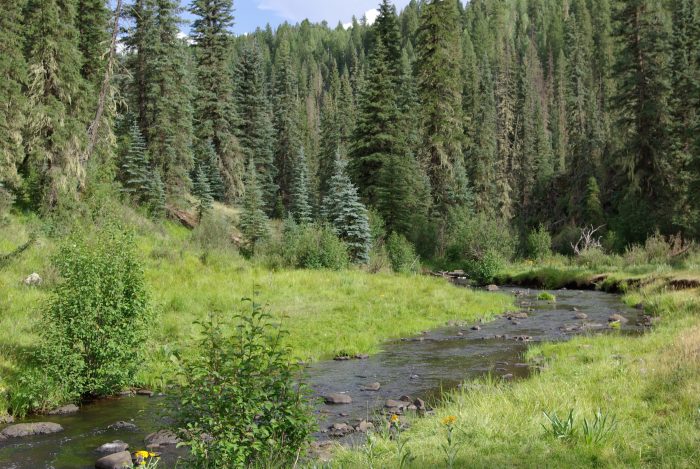
The focus of this Mountain Tour is to observe, enjoy, and learn about all facets of Nature found in this diverse region.
WHITE MOUNTAINS HABITATS
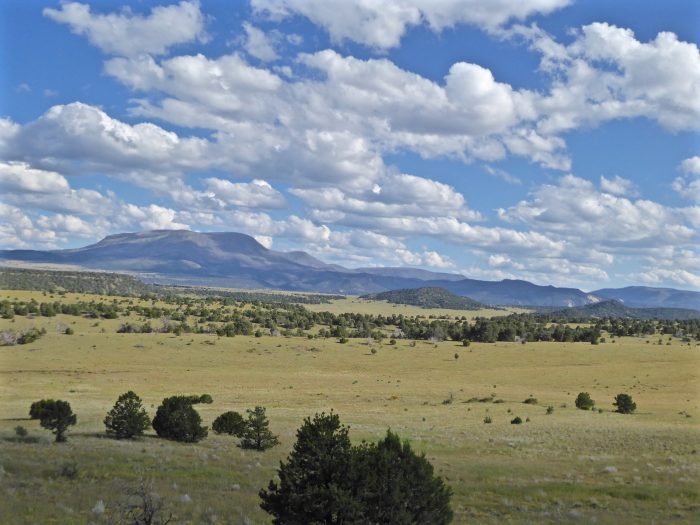
Given its unique geographic location at the intersection near the northernmost Sky Island, the Mogollon Rim, The Colorado Plateau, and the vast Gila region of New Mexico, the White Mountains harbor a wide range of habitats.

The higher elevations are renowned for their vast coniferous and Quaking Aspen forests, where a myriad of cold-adapted flora and fauna thrive. Spruces, Firs, Douglas Firs, Pines, and Junipers abound in many places and are joined by a variety of deciduous species as well. Recent burns have opened up much of the forest and have benefited a number of species, including Elk.

We’ll journey into the heart of the forests, enjoying their cool recesses, while searching for wildlife, wildflowers, and stunning scenery. High elevation meadows provide variety and open expanses where wildlife spotting is prime.
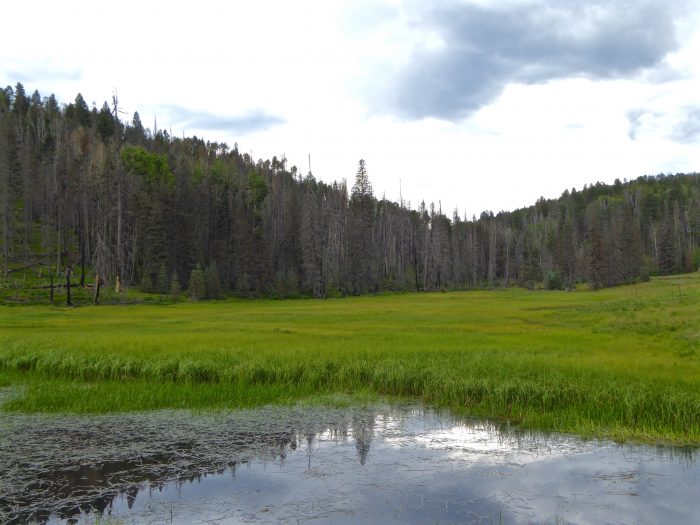
Water abounds in the Whites and supports many lush riparian zones. Natural marshy areas or cienagas – rare throughout the rest of the state – allow aquatic species to thrive locally. Perennial rivers gush through mountain canyons, lined by high elevation deciduous trees.
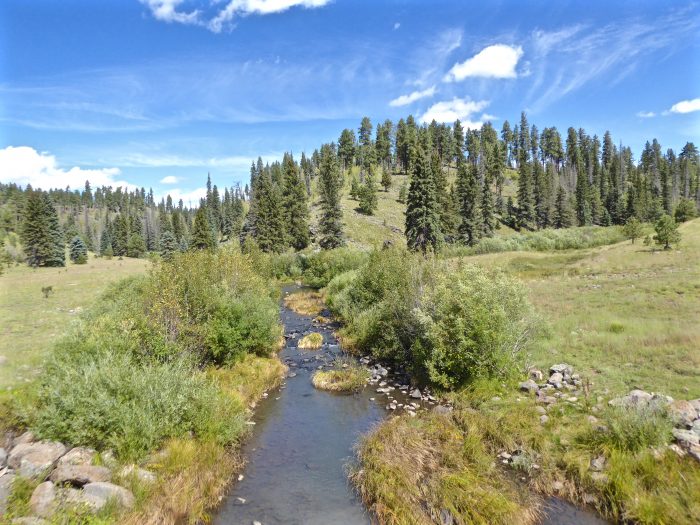
These linear oases abound with wildlife. Regional ponds and lakes – some natural, some human-made – provide habitat for open-water wildlife species. Our routes each day are heavily skewed towards watery habitats given the dearth of moisture and heat in most of the rest of Arizona in June!
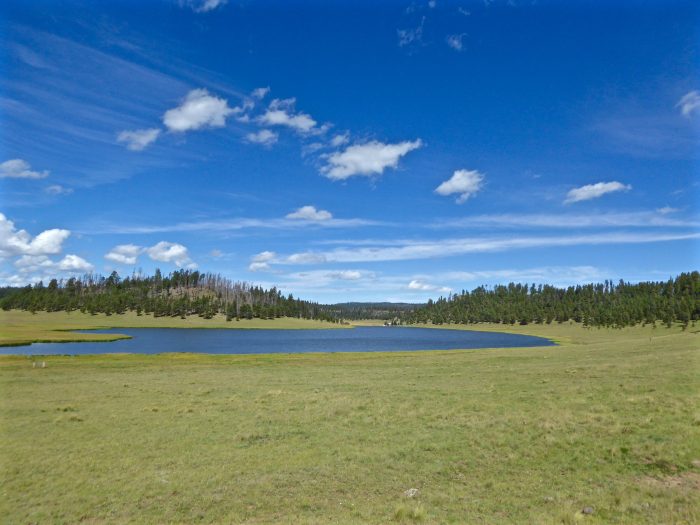
Lower elevations provide a stark contrast in plant communities to the dark forest up above. Juniper/Pinyon woodlands mark the transition from high to low and support their own plant and animal species. Vast grasslands hold the promise of encounters with Pronghorns and Prairie Dogs, among others.
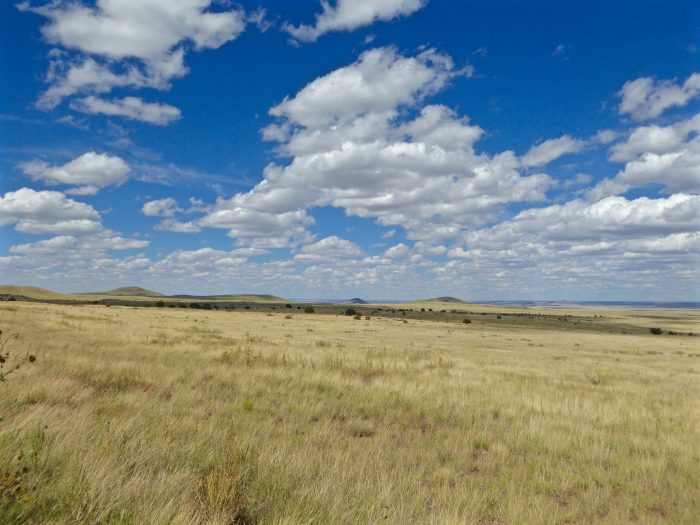
Throughout all of these and other habitats our forays will include scenic vistas, providing incredible opportunities for seeing the grandeur of Nature, as well as for incredible photographs.
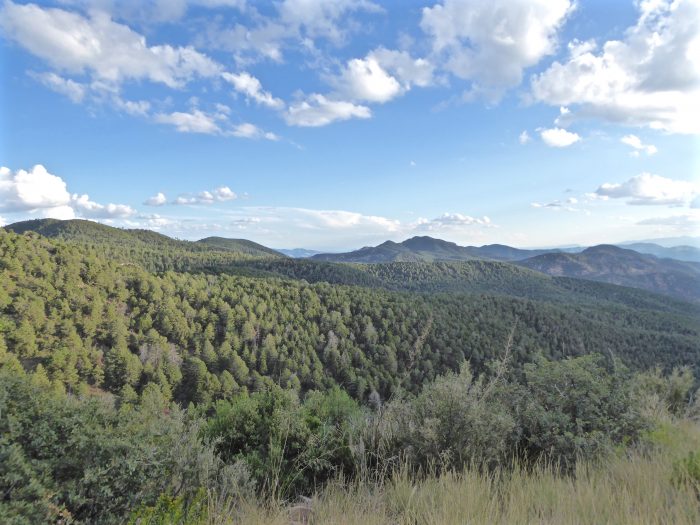
WILDFLOWERS

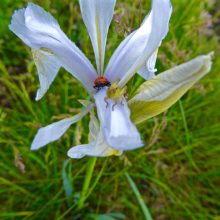
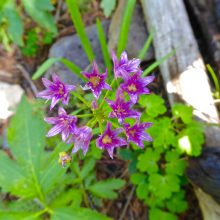

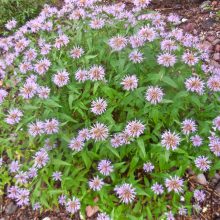

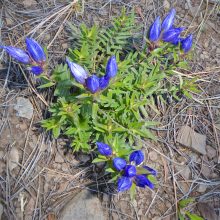
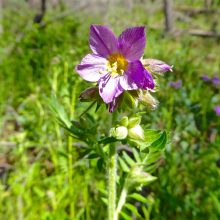
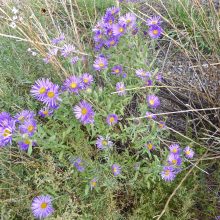
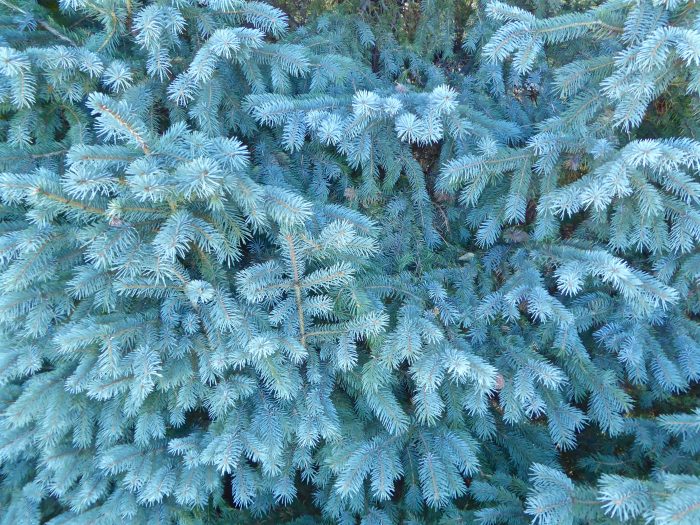
Subalpine, woodland, riparian and grassland wildflowers abound in June, providing a colorful palette to each habitat we explore. Many of these species are rare or absent in southern Arizona. While admiring various blossoms, we will keep a keen eye open for visiting Hummingbirds, Butterflies, and other pollinators.
Additionally, Vincent is an experienced Ethnobotanist and will readily share his knowledge of many useful White Mountain plants. Whether they are used for food, medicine, tools, or any number of other purposes, you’ll gain incredible insight into the bounty of these native species. This knowledge will help you understand how generations have thrived in the White Mountains.
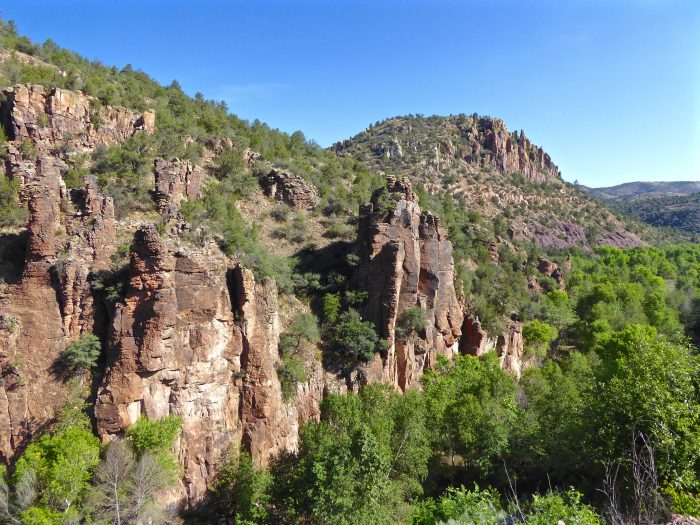
MEXICAN GRAY WOLVES
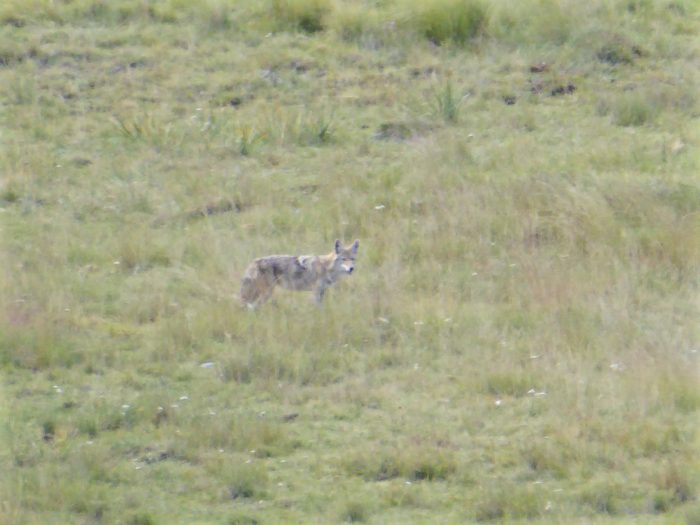
Within the White Mountains we’ll venture into the expansive Blue Range Primitive Area, while searching for the elusive Mexican Gray Wolf – reintroduced into the region nearly 2 decades ago. The Blue Range comprises a key set of critical habitats that sustain this endangered species. During past expeditions Vincent has been fortunate to see a Mexican Wolf scavenging at a carcass, find both tracks and signs of el Lobo, and listen to their haunting howls reverberate through the forest. During the day we’ll be in prime habitat and search for both packs and lone Wolves. At dusk and by night Vincent will attempt to “howl up” some activity via vocal imitations. This is the only place in all of Arizona you are likely to encounter a Mexican Wolf and Vincent will strive to maximize your chances.
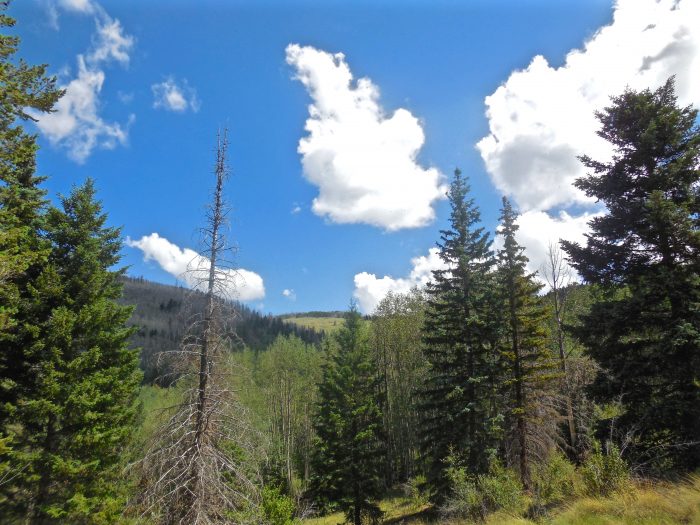
OTHER MAMMALS
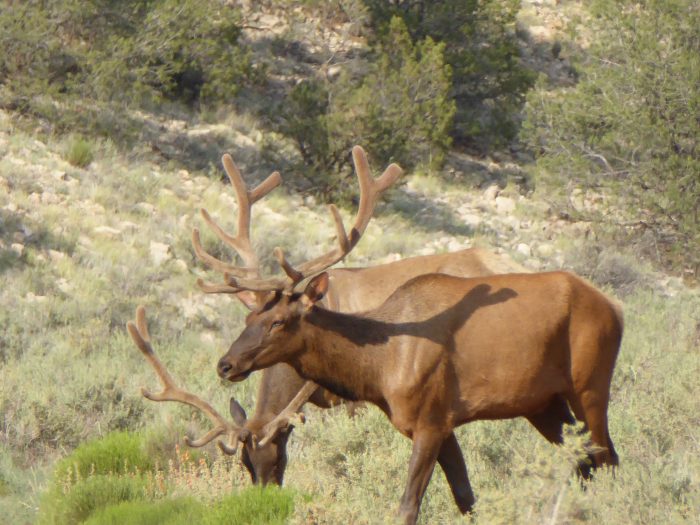
One reason that Mexican Wolves have been successful in the White Mountains is its abundance of prey species. In particular the region hosts one of the largest Elk populations in all of Arizona. In June bull Elk of various age classes will be “in velvet”, growing new antlers, while cow Elk can be found with young calves. A wilderness explorations to the Whites virtually guarentees memorable Elk encounters! Mule Deer abound in variety of habitats, as do Whitetail Deer. Collared Peccary or Javelina are perhaps relative newcomers to the area, as they were scarce-to-absent during the 1800’s it seems.
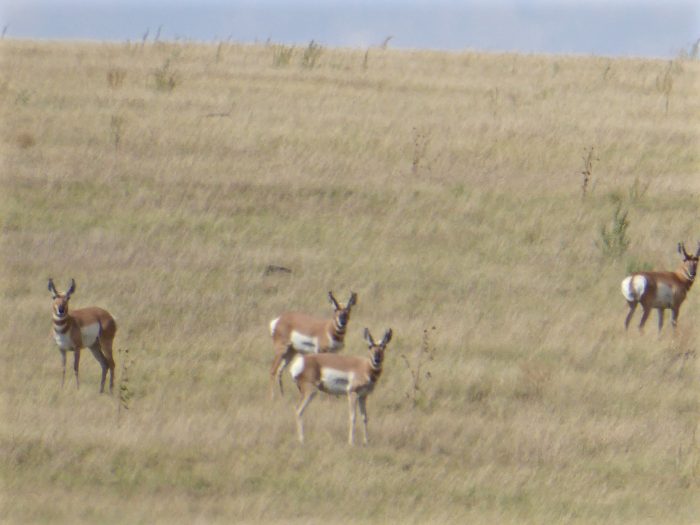
Pronghorn inhabit the scenic grasslands that punctuate parts of the White Mountains region. Our daily journeys will take us to wildlife rich areas, where we have excellent opportunities to see these and other native species. All of these hoofed mammals help to support other predators as well, including healthy populations of Mountain Lion, American Black Bear, Coyote, and (at least formerly) the Jaguar. A female Jaguar was shot by a “sportsman” in 1963 within the White Mountains, the hunter claiming he thought it was a large Bobcat.
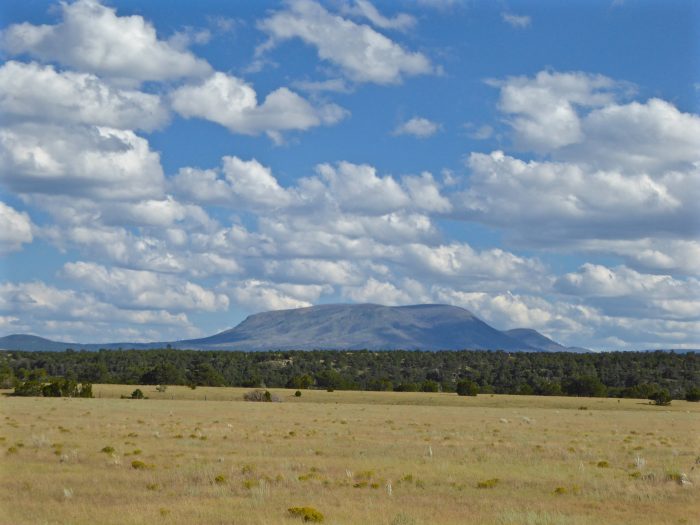
Smaller carnivores include Common Gray Fox, Bobcats, Northern Raccoon, White-nosed Coati, Ringtail, Striped and Western Spotted Skunks, Long-tailed Weasel, and American Badger. There are even recent reports of the hyper-rare Black-footed Ferret in the region – a species that was once thought entirely extinct! A regional specialty mammal we’ll search for is the Northern Water Shrew, whose next closest population is much further north in the Rocky Mountains. This diminutive hunter seeks much of its prey by swimming, otter-like, under water! Mountain and Eastern Cottontails join their larger relative, the Black-tailed Jackrabbit for the area’s Lagomorph contingency.

Dense forests shelter reclusive American Porcupines, often detected first by their feeding signs. American Beaver thrive in some of the streams and wetlands of the region. They are a keystone species that favorably alter the habitat for a variety of other wildlife. 3 species of Chipmunks call the White Mountains home, where they are joined by their cousins the Red Squirrel and Abert’s Squirrel. Gunnison’s Prairie Dog colonies present perfect opportunities to observe these beloved and animated rodents, including their many behaviors.

BIRDS
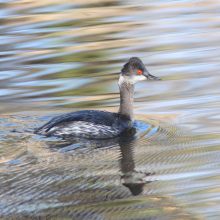
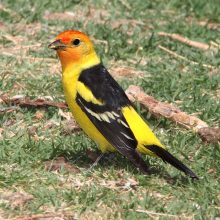

Birds will be abundant and varied during our White Mountains expedition. Many high elevation species inhabit the region, some of which are rare or entirely absent from the Sky Islands. Northern Goshawk, Bald Eagle, Golden Eagle, Dusky Grouse.
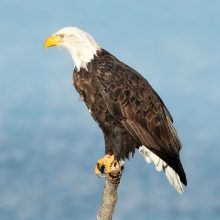

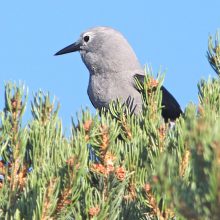
Northern Saw-whet Owl, Williamson’s Sapsucker, Mountain Bluebird, Mountain Chickadee, Clark’s Nutcracker, Pinyon Jay, American Crow, Gray Catbird, American Dipper, and Pygmy Nuthatch are among the species we’ll seek in a wide range of habitats. Various aquatic habitats promise waterbirds as well.

REPTILES, AMPHIBIANS, AND FISH

The White Mountains provide a transition zone from southern Arizona species to those more typical of the Colorado Plateau and further north. Greater Short-horned Lizard, Sonoran Mountain Kingsnake, Narrow-headed Garter Snake, Arizona Treefrog, and Apache Trout are among the fascinating species that we may find.
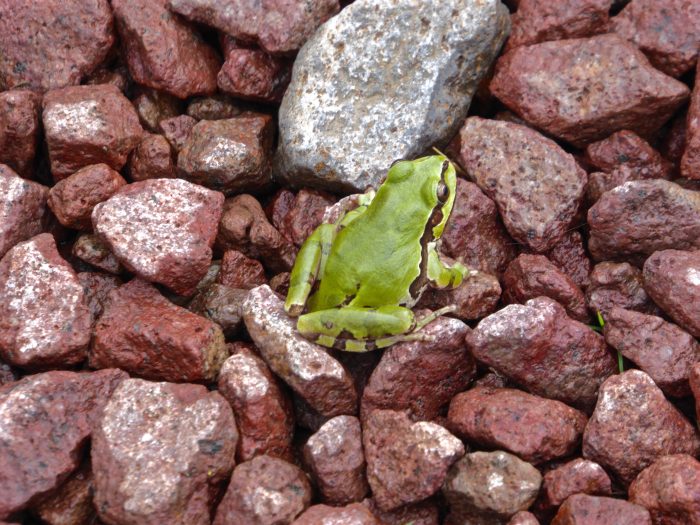
BUTTERFLIES AND OTHER INVERTEBRATES

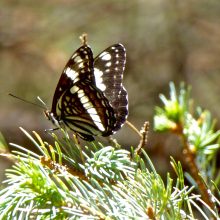
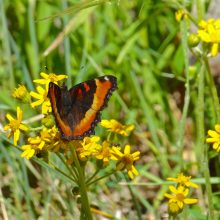
Despite their small size invertebrates numerically dominate the other wildlife species groups mentioned above. Thus, we will seek to learn about those who cross our path during this 3-day Nature Adventure. In particular high elevation butterflies call the White Mountains home, including: Old World Swallowtail, Spring Azure, Mormon Metalmark, Weidemeyer’s Admiral, Arachne Checkerspot, and Zephyr Hoary Comma. Vincent will also discuss rare and highly localized aquatic invertebrates as we encounter them.

For example, view the White Mountains Expedition 2018 Species List:
- 18 Mammals
- 63 Birds
- 2 Reptiles
- 1 Amphibian
- 1 Fish
- 12 Butterflies
- 10 Conifers
- 39 Wildflowers
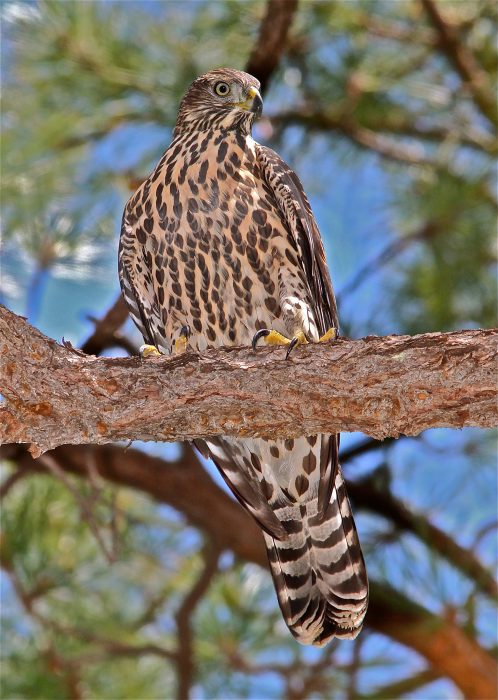
STARRY SAFARI & EVENING PROGRAMS

After dinner on the first and second nights Vincent will lead you on a combination Astronomy Night and Wolf Howling/Wildlife Spotting Tour. There you will learn about Wolf ecology, Owl natural history, various Summer constellations, and any visible planets, including Venus, Jupiter, and Saturn.
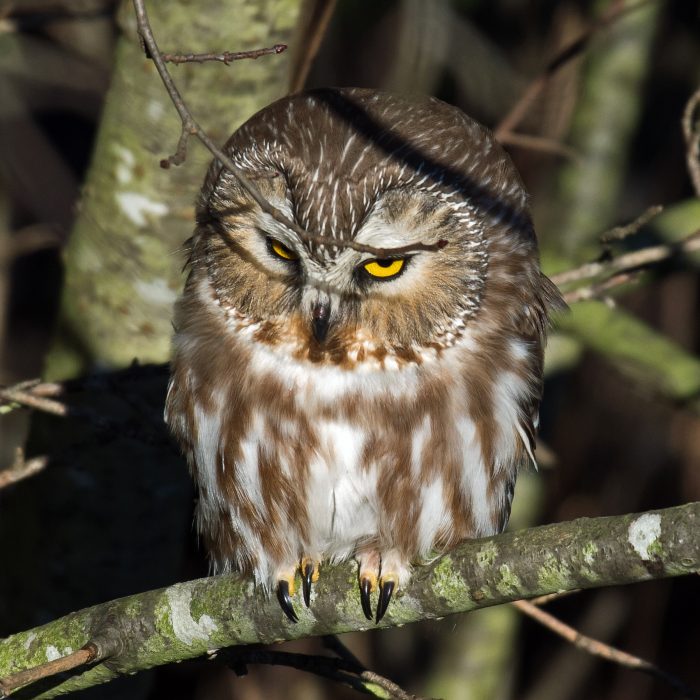
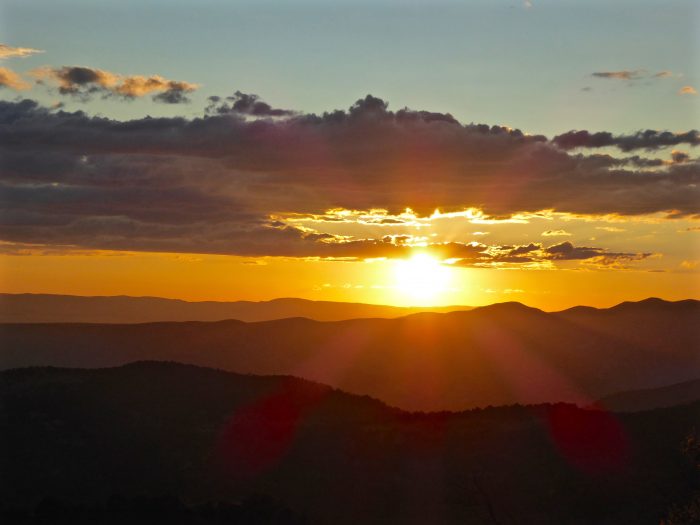
GUEST REVIEWS

I can’t tell you how blessed I feel to have experienced the White Mountains with Vincent and in the company of three friends. This was my third such trip, and I am astounded with Vincent’s in-depth knowledge of the area coupled with the hands-on exploration and the astute planning to meet the diverse interest of the group made the White Mountains come alive. He is such a wonderful guide to learning about the biodiversity of the area that I can’t wait for the next adventure with Ravens- Way Wild Journeys!
Absolutely fabulous trips with Vincent. Looking forward to many more!
